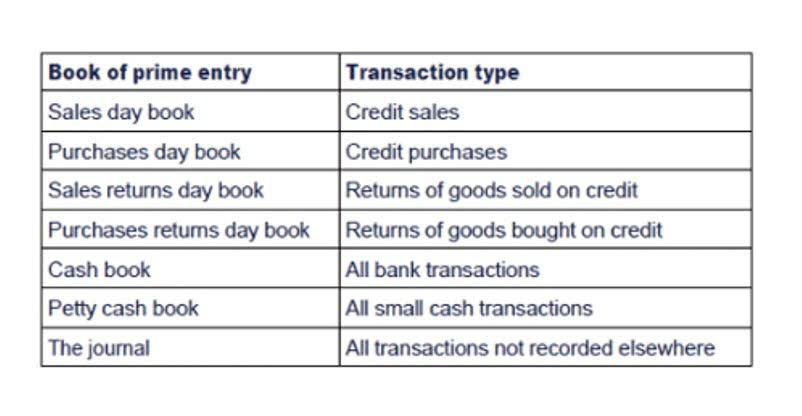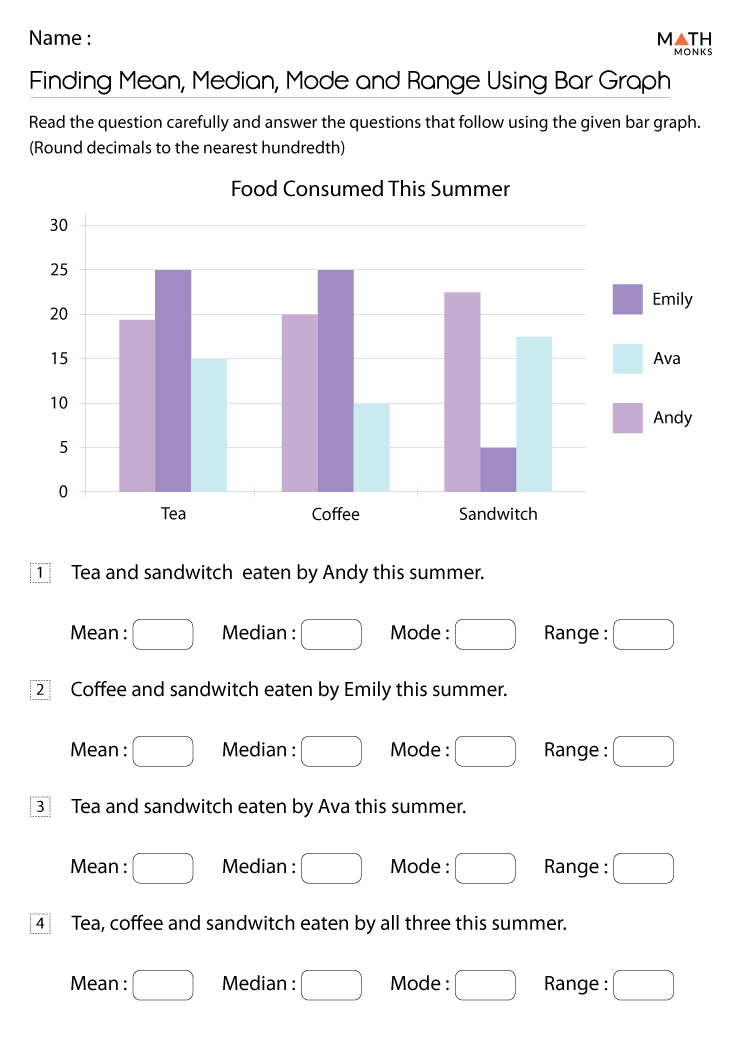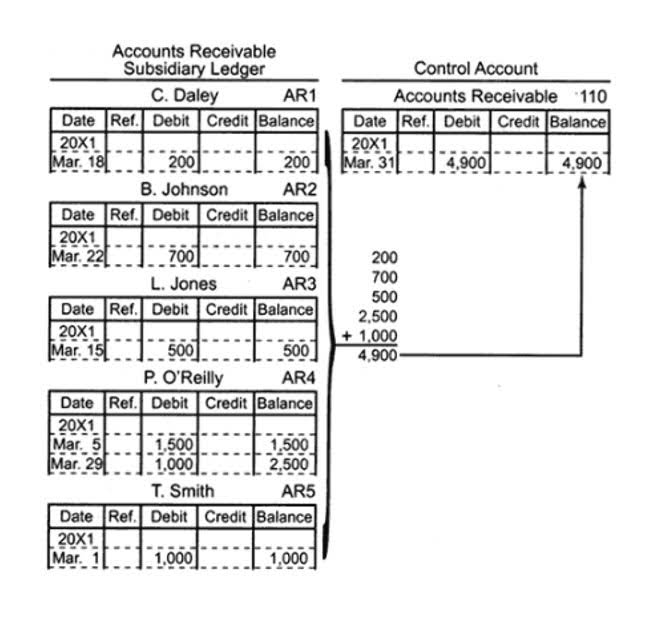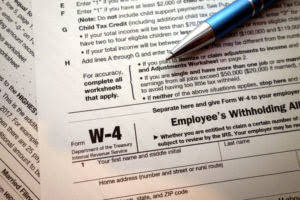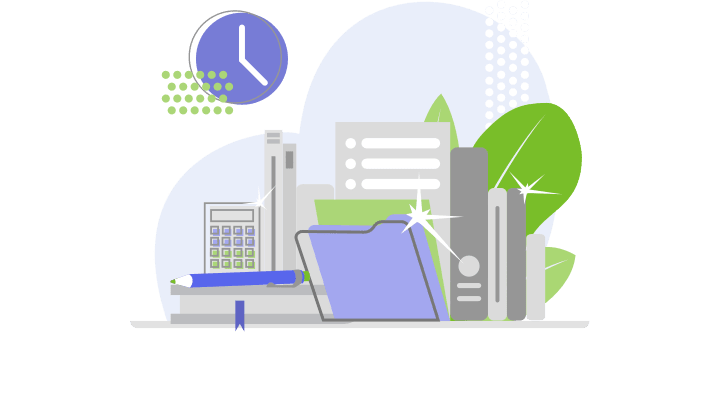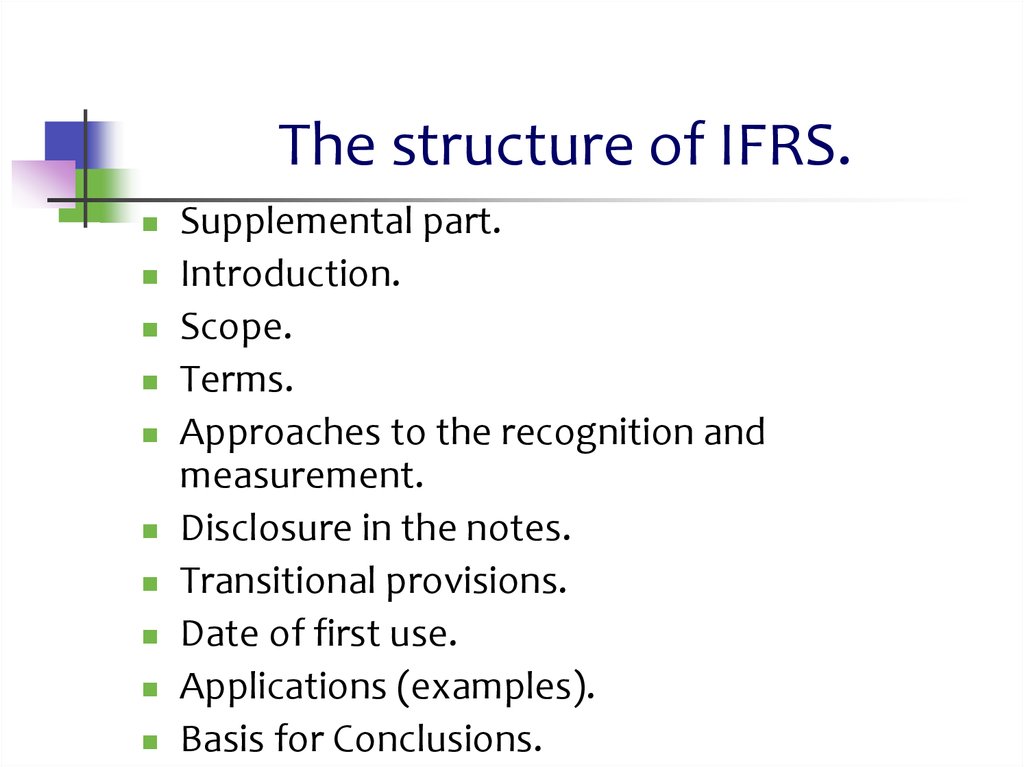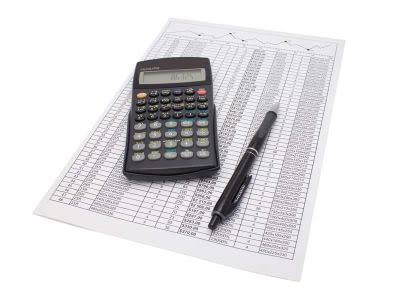
Along with the balance sheet and statement of cash flows, the P&L is one of the three core financial documents that measure company performance. The what is the equation used to calculate profit and loss? purpose of a P&L statement is to provide information about a company’s overall ability to generate profit, either by increasing revenue or decreasing costs, or both. At its essence, the P&L statement serves as a report card for businesses.
Profit and Loss Statement (P&L)
If Wyatt wants to calculate his operating net income for the first quarter of 2021, he could simply add back the interest expense to his net income. This is because they are closed and transferred to the profit and loss account. The resulting balance at the bottom of a profit and loss account (see below) represents either a net profit or net loss that will be transferred to the capital account.
Learn and Prepare for any exam you want!

The P&L statement reveals areas of efficiency, zones of wastage, and potential growth spots. After accounting for every income and expense, including the “other” category, businesses arrive at a pre-tax figure. This is the money left after production costs, serving as a preliminary indicator of profitability. This metric reflects the direct costs involved in producing the goods or services sold by a company. Think of raw materials, labor costs involved in production, and manufacturing overhead.
Selling Price (SP)

If you sell multiple products or services, you can break them down across multiple product or service lines on your P&L. This can tell you whether certain products or services are more profitable than others and if some are growing https://www.bookstime.com/articles/what-is-the-accounting-journal-entry-for-depreciation while others are shrinking. A P&L statement starts with a header containing the name of your business and the accounting period. The same goes for expenses, which are accounted for in the period they are used in instead of when you paid for them. For example, if you pay for your business insurance covering September through August once a year, you would only expense four months of insurance in the first year. This allows you to take a more forward-thinking approach to your business finances.

Ignores Cash Flow and Timing

Moreover, the timing of cash inflows and outflows is critical for liquidity and operational smoothness. Businesses can be profitable on paper, but cash-strapped in reality. For a holistic view of a company, one needs to venture beyond the P&L. It’s a crucial document, but not an exhaustive reflection of a business’s health or potential.
- COGS often appears as the second line item in an income statement, right after the revenue.
- Most common ones are the situations related to buying and selling of items.
- This metric reflects the direct costs involved in producing the goods or services sold by a company.
- Net profit is commonly referred to as the “bottom line” because it appears at the bottom portion of an income statement.
- This is the money left after production costs, serving as a preliminary indicator of profitability.
Embibe offers a range of study materials that contribute towards helping students prepare for their board examinations. Students can find PDF of solution sets of the exercises for each chapter in the NCERT books. Students can follow these solution sets to understand the correct approach to answer the questions appropriately.

To Ensure One Vote Per Person, Please Include the Following Info
- Deduct all expenses from your gross profit to calculate operating income.
- Net profit is calculated by subtracting all expenses from revenue.
- Economic profit is important for the insight that it can give the management of a company about potential or past business opportunities.
- Thus, in the equation above, a company could also break down its opportunity costs by units to arrive at a per-unit economic profit.
- For a holistic view of a company, one needs to venture beyond the P&L.
Cost price is the price at which an item is purchased and selling price is the price at which an item is sold. Profit is the difference amount when a person sells a product at a higher rate than cost price https://www.instagram.com/bookstime_inc & loss is the difference amount when a person sells a product at a lower rate than cost price. Every commodity, product or item has a cost price and selling price and depending on the values of these prices, we compute the profit gained or the loss incurred for an individual product. Profit and loss terms are used to identify whether a sale is advantageous or not. We all are somewhat familiar with the concepts of profit and loss, when a person runs a business, he or she either faces loss or earns profits. Profit and loss statements are important because many companies must complete them by law or association membership.


